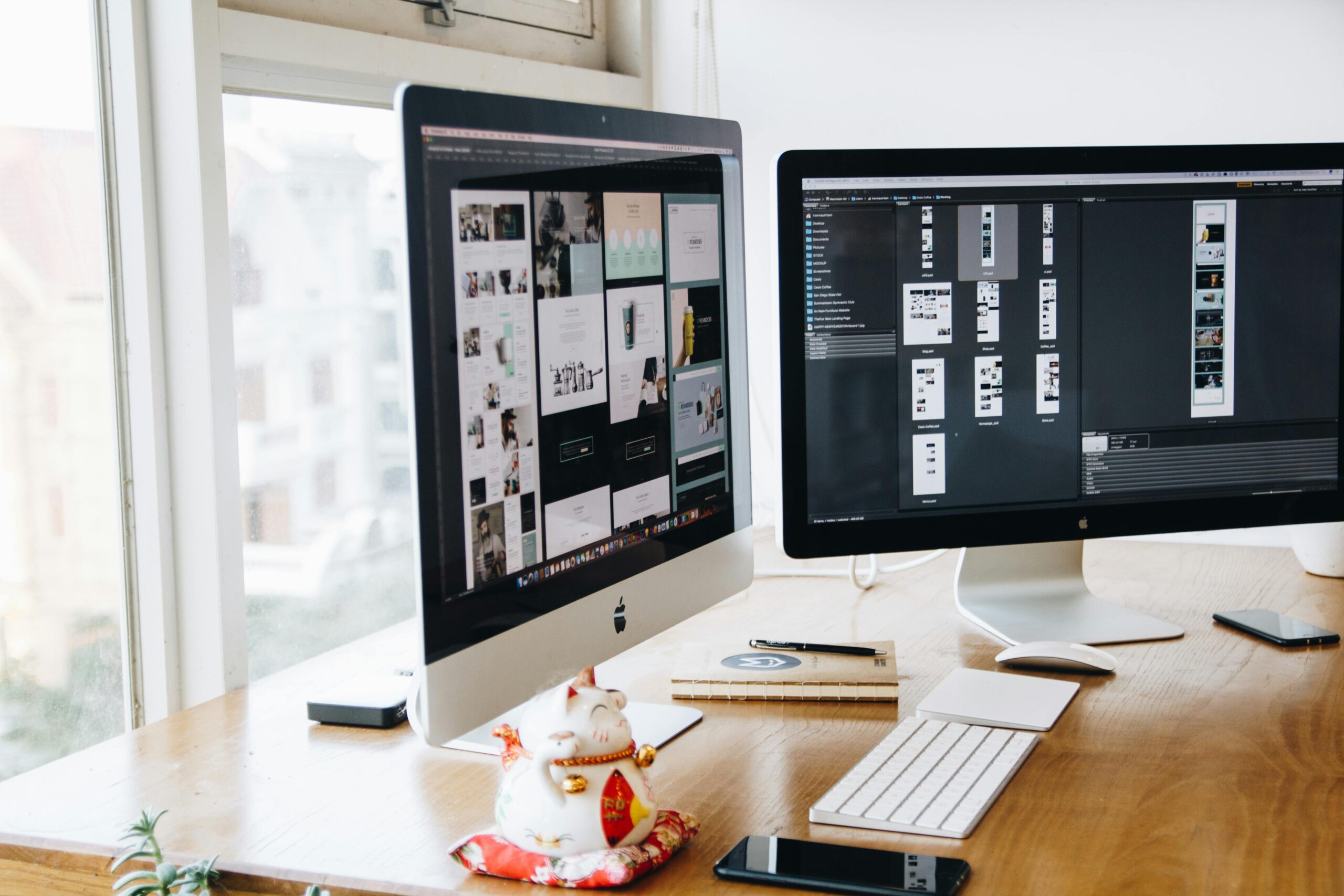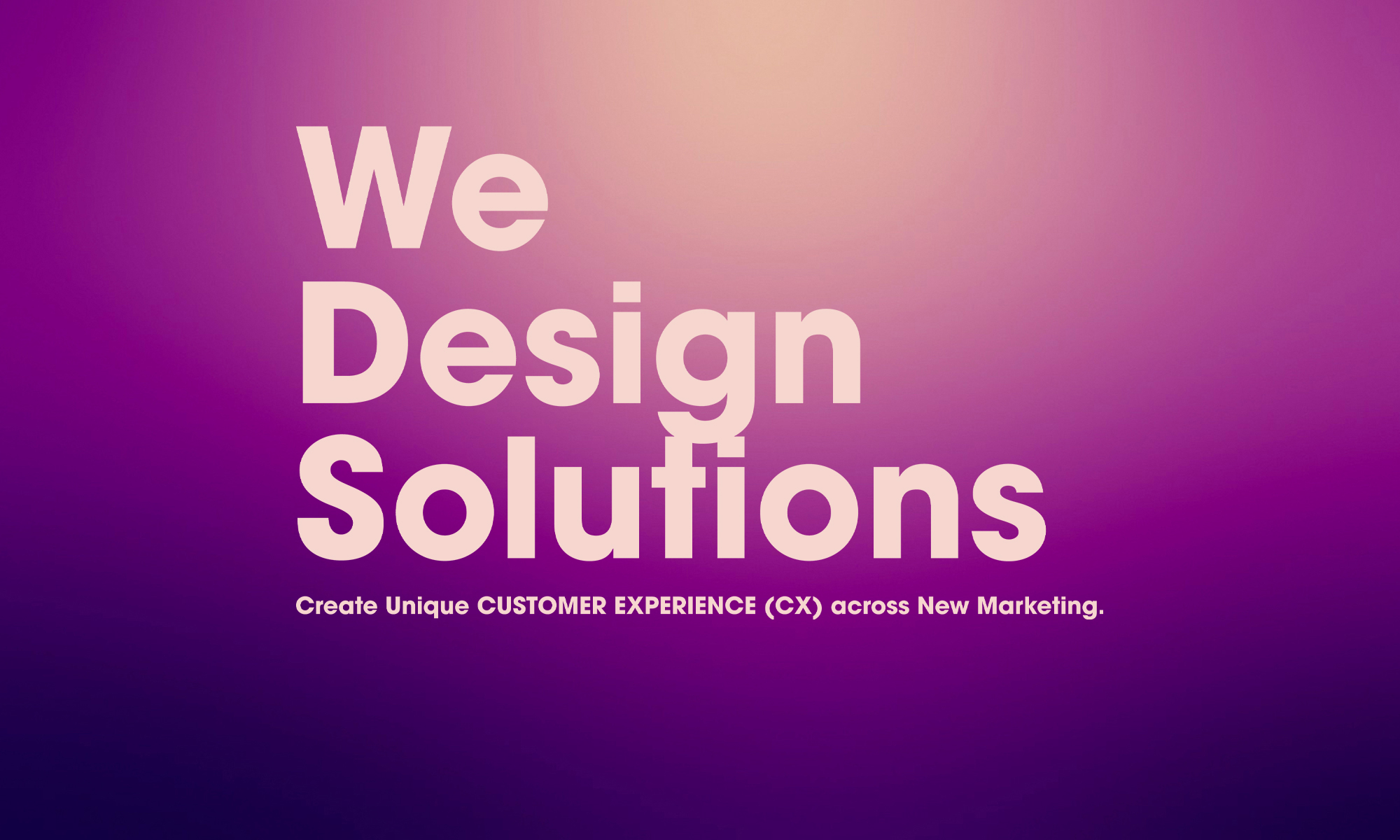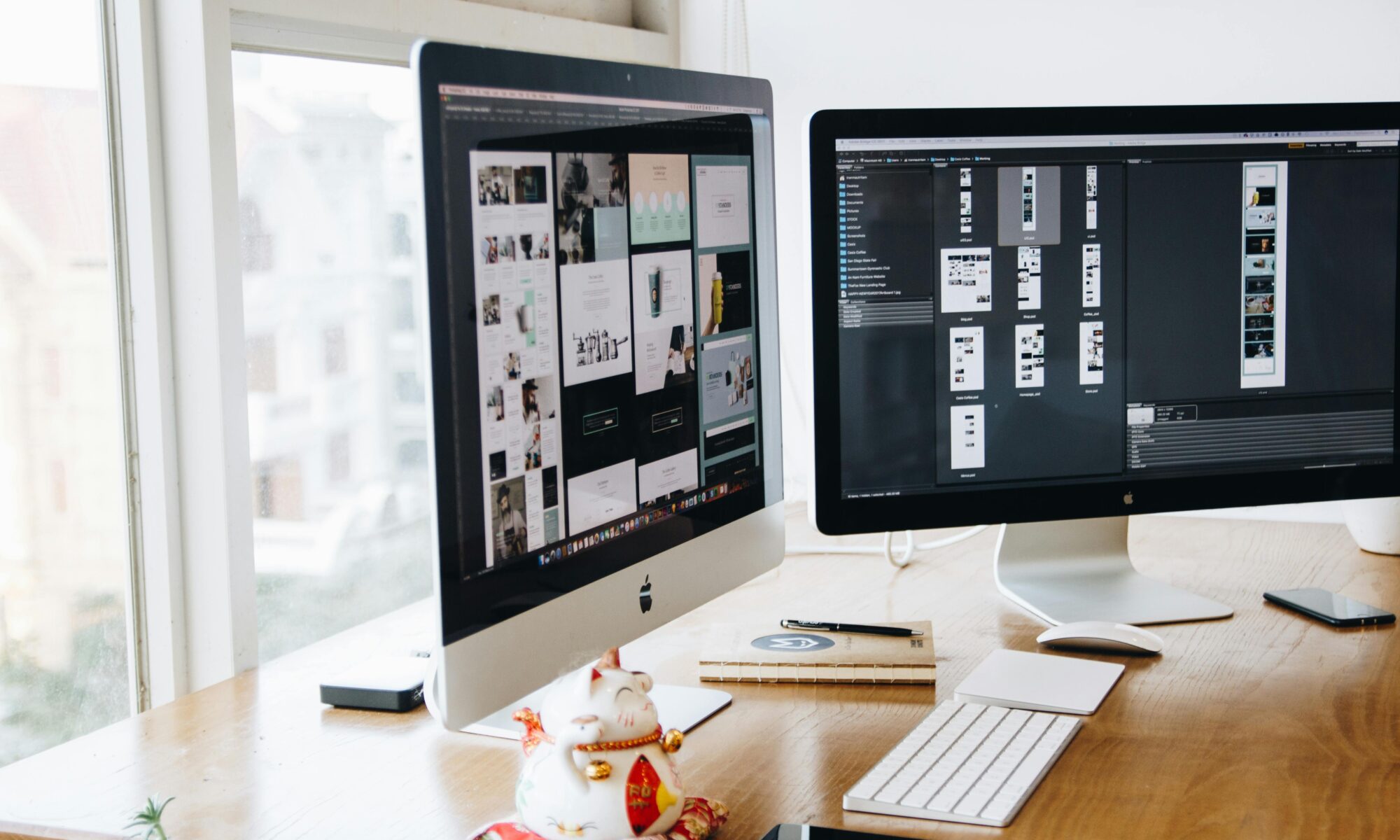 You might have experienced this: assigning a designer who excels at print materials to design a website or app UI, only to end up with something that feels awkward or hard to use. The opposite happens too. A UI/UX specialist might create visuals for an ad, but the result feels oddly flat or emotionally disconnected. Although it’s all called “design,” the required skills and thinking process vary quite a bit by medium.
You might have experienced this: assigning a designer who excels at print materials to design a website or app UI, only to end up with something that feels awkward or hard to use. The opposite happens too. A UI/UX specialist might create visuals for an ad, but the result feels oddly flat or emotionally disconnected. Although it’s all called “design,” the required skills and thinking process vary quite a bit by medium.
 The same goes for print projects like flyers. A designer who’s great at combining key visuals with catchy headlines may not be the best fit for creating catalog-style flyers packed with information. It’s not just about arranging content; it requires structuring information logically, guiding the reader’s eye, and ensuring legibility. On the flip side, someone who’s good at information-heavy design may struggle to deliver the visual impact needed for advertising.
The same goes for print projects like flyers. A designer who’s great at combining key visuals with catchy headlines may not be the best fit for creating catalog-style flyers packed with information. It’s not just about arranging content; it requires structuring information logically, guiding the reader’s eye, and ensuring legibility. On the flip side, someone who’s good at information-heavy design may struggle to deliver the visual impact needed for advertising.
 Assuming that “a designer can handle any design task” can lead to inefficiencies and even stress within a team. Success depends on understanding each designer’s strengths and areas of expertise. Choosing the right person for the right job not only improves the final output, but also boosts the overall momentum of the project.
Assuming that “a designer can handle any design task” can lead to inefficiencies and even stress within a team. Success depends on understanding each designer’s strengths and areas of expertise. Choosing the right person for the right job not only improves the final output, but also boosts the overall momentum of the project.
In the next post, we’ll explore this issue further from the perspective of in-house creative teams. (To be continued





